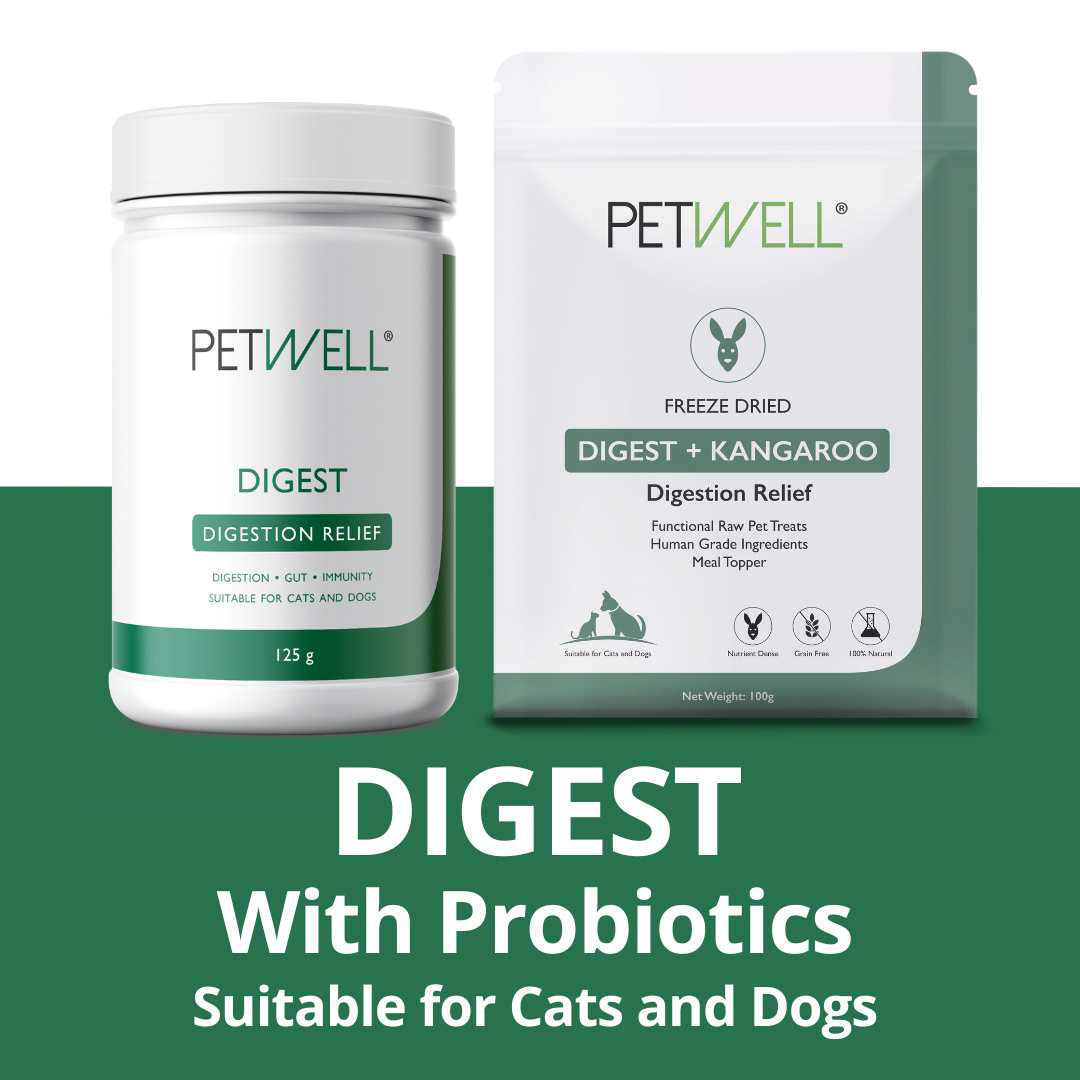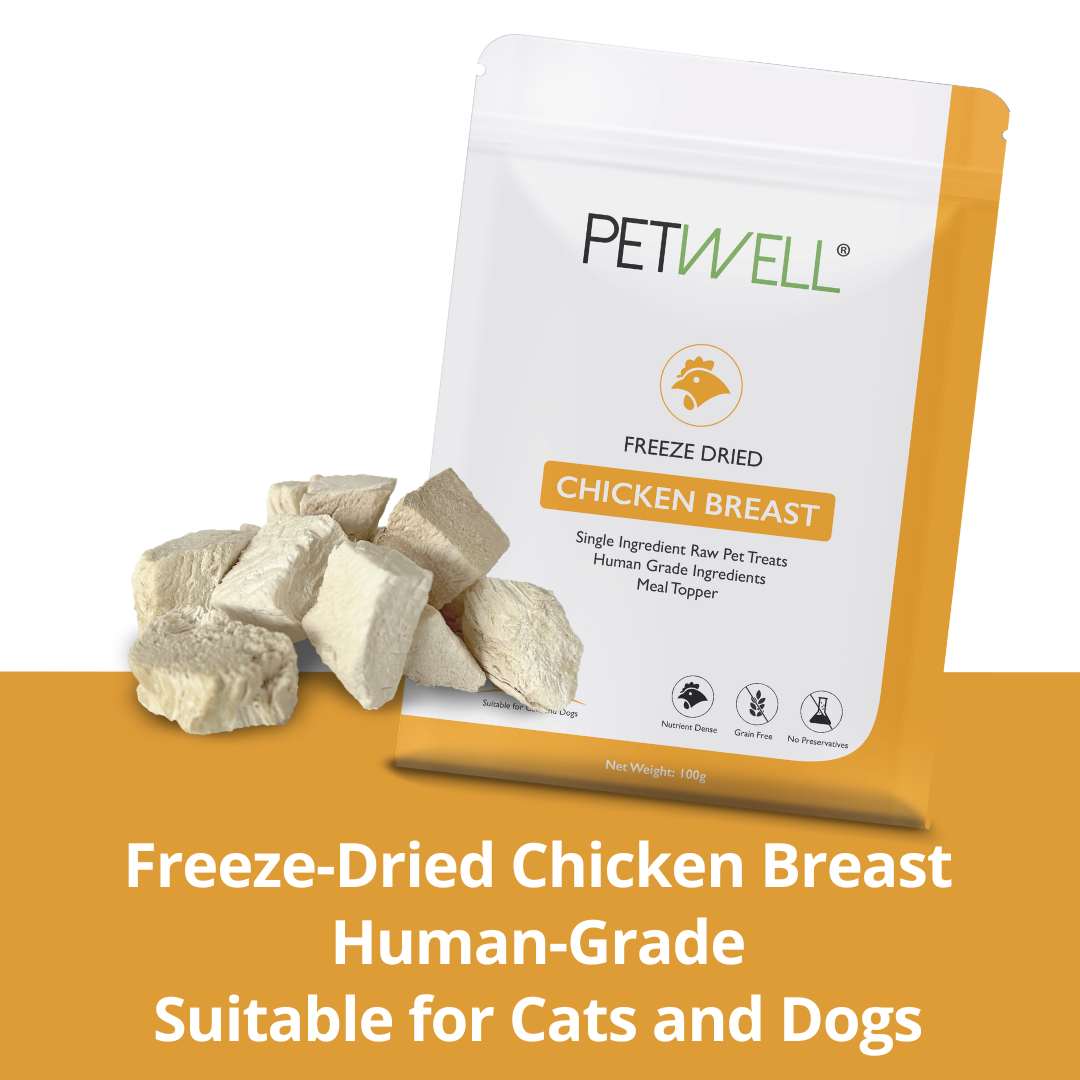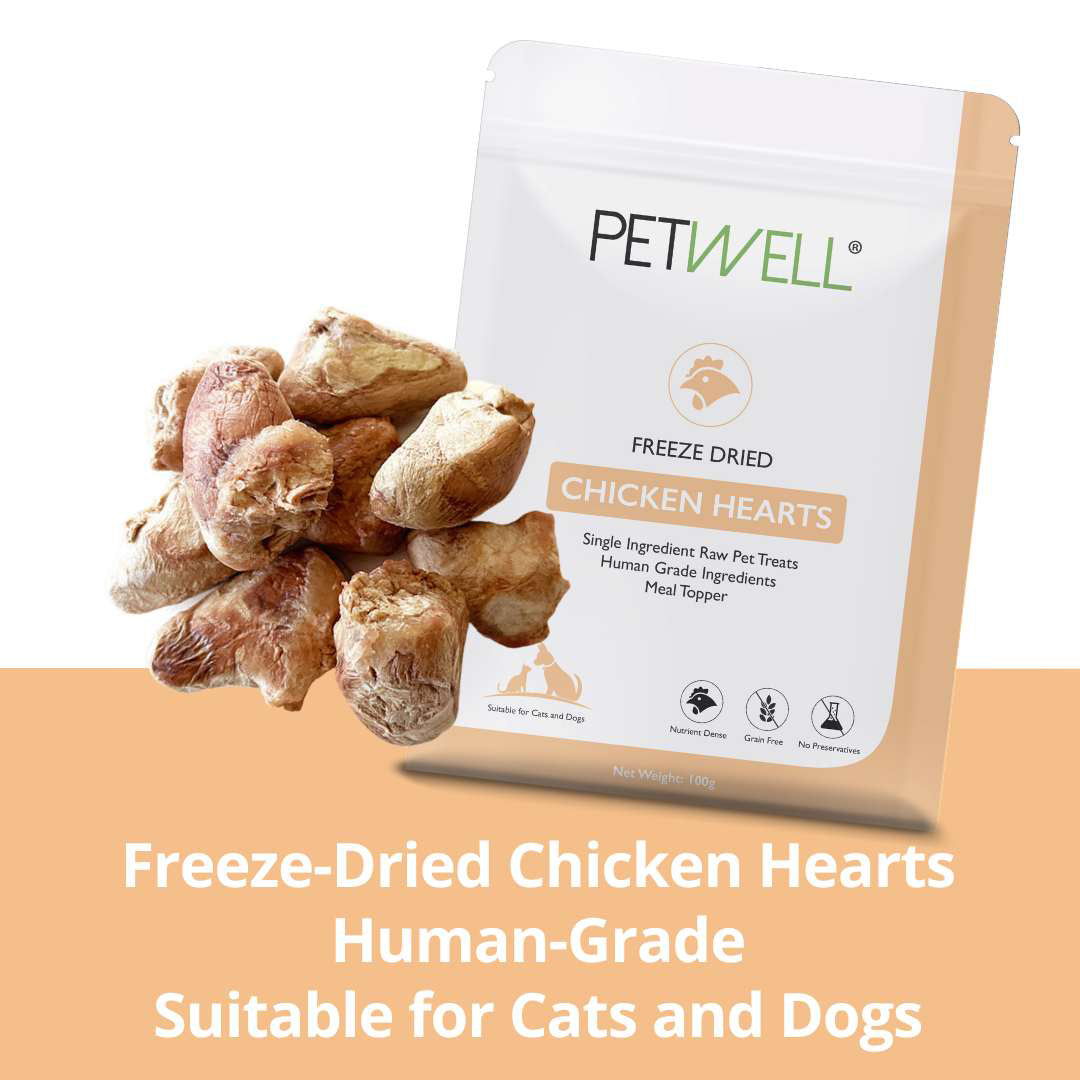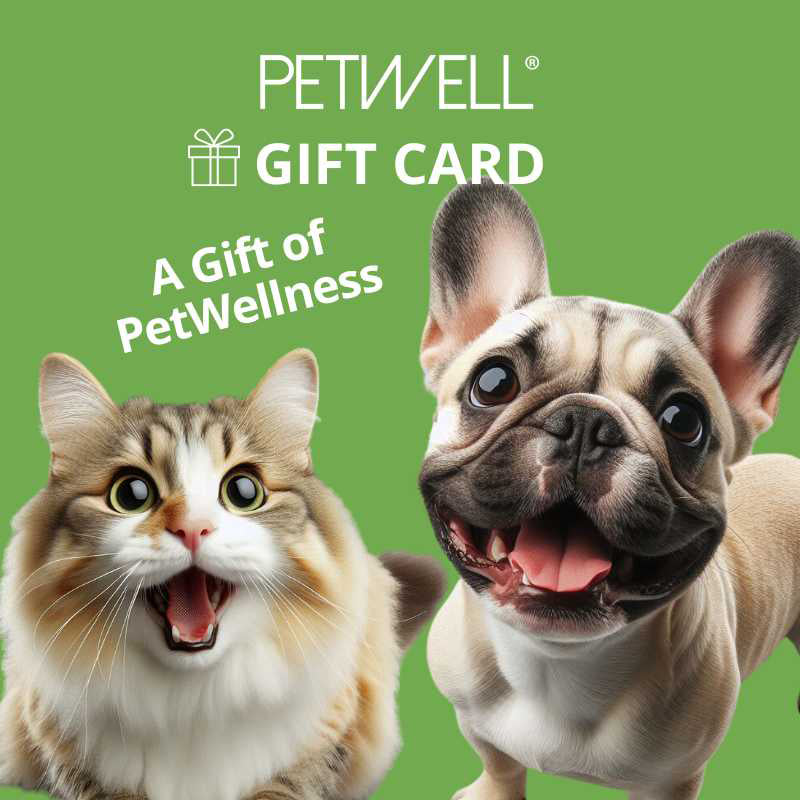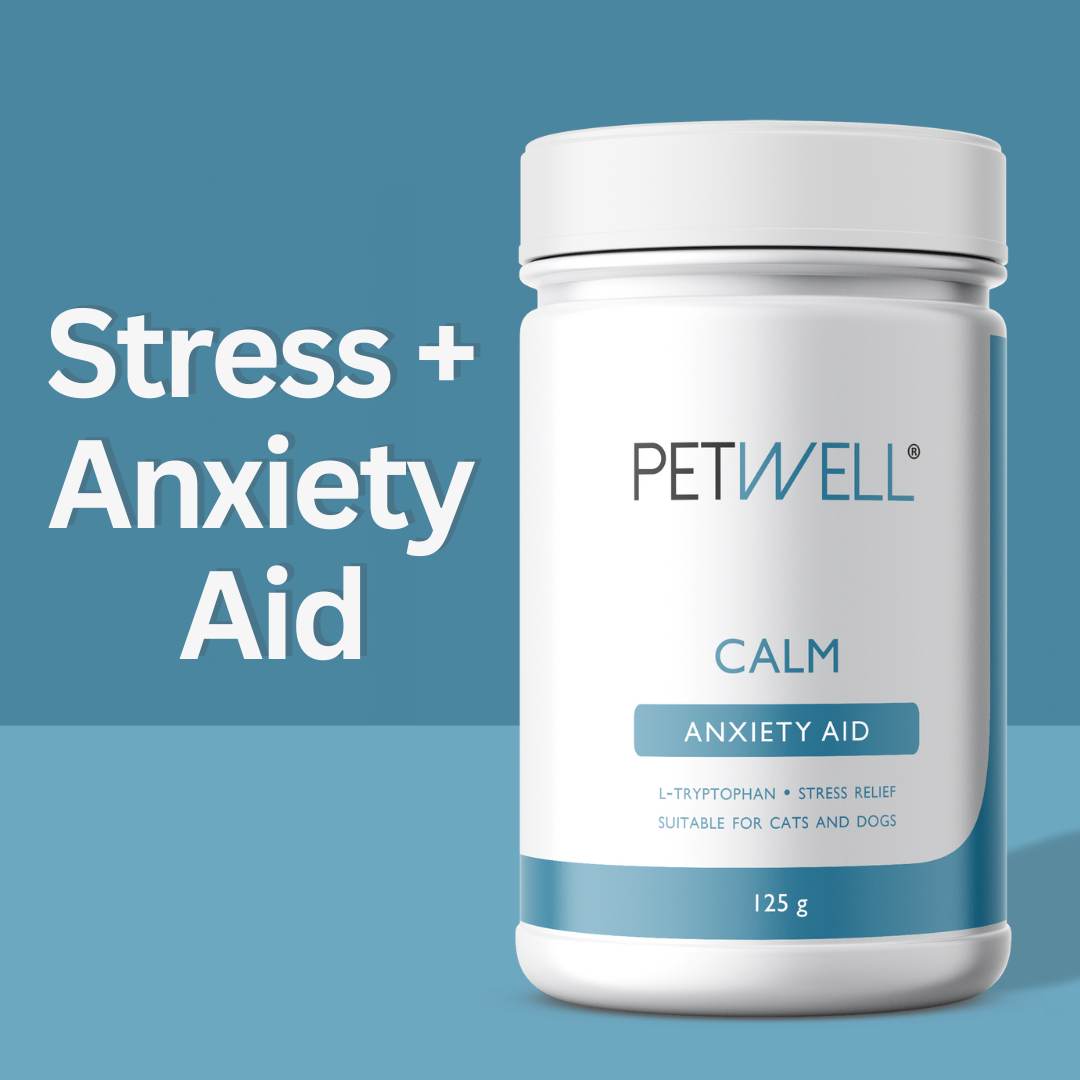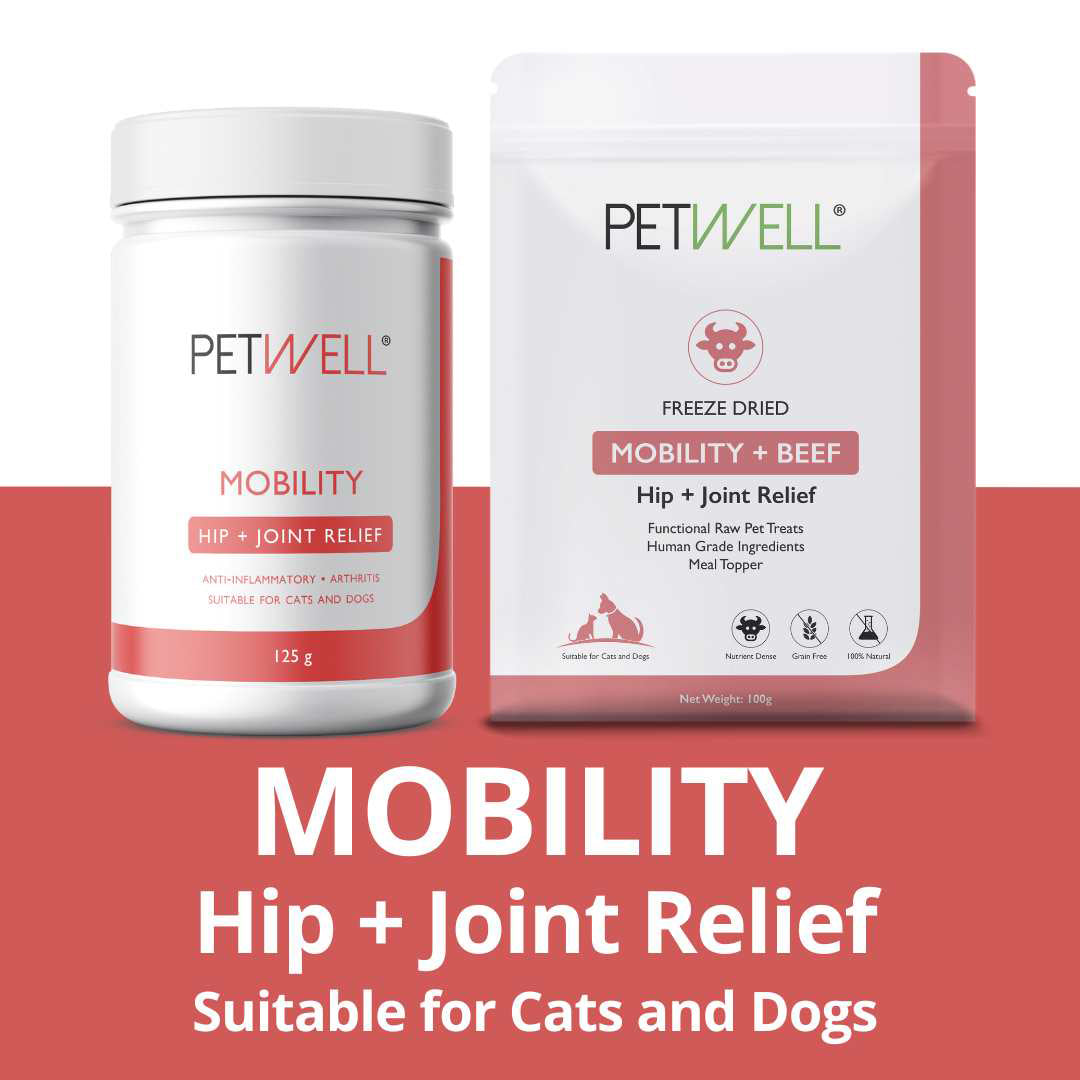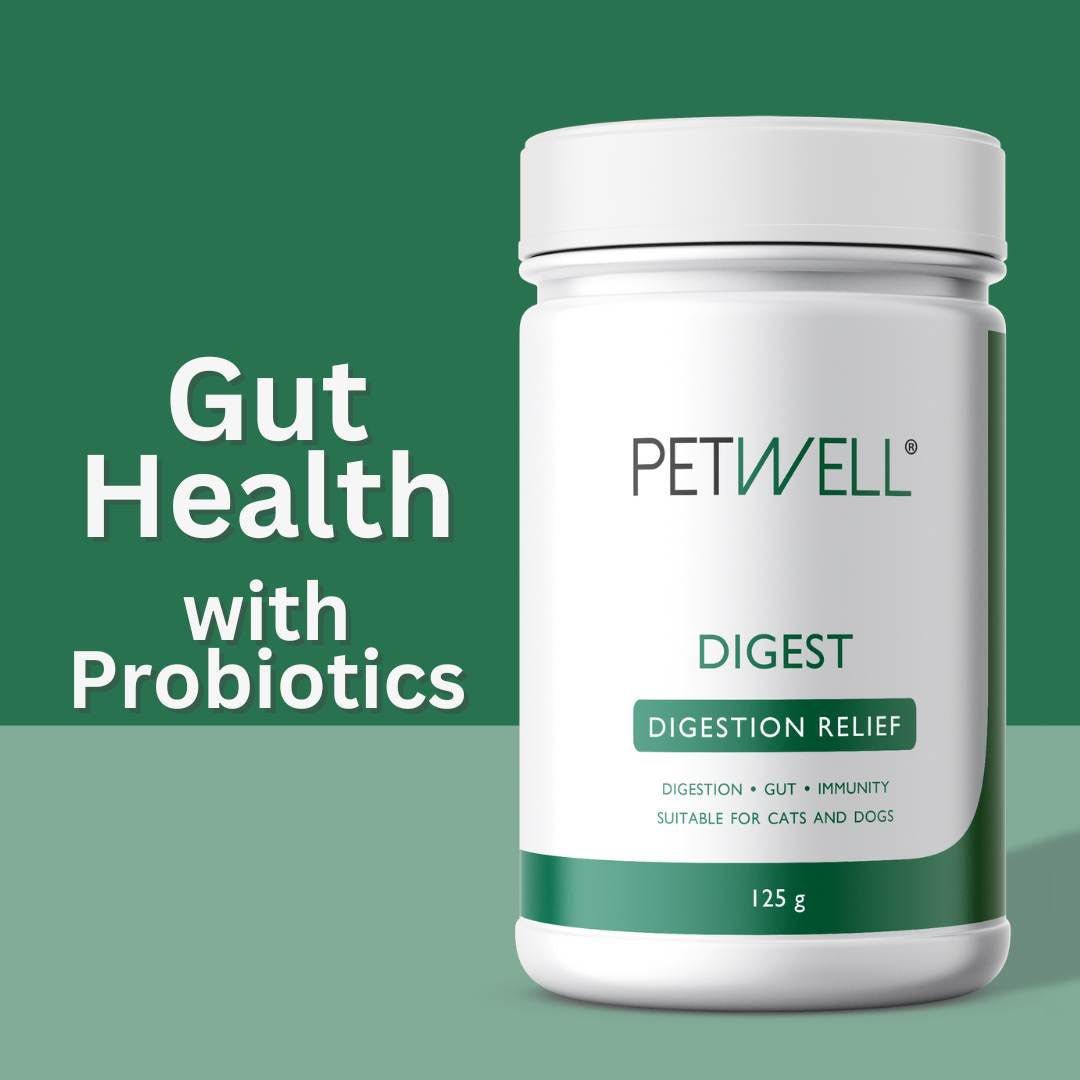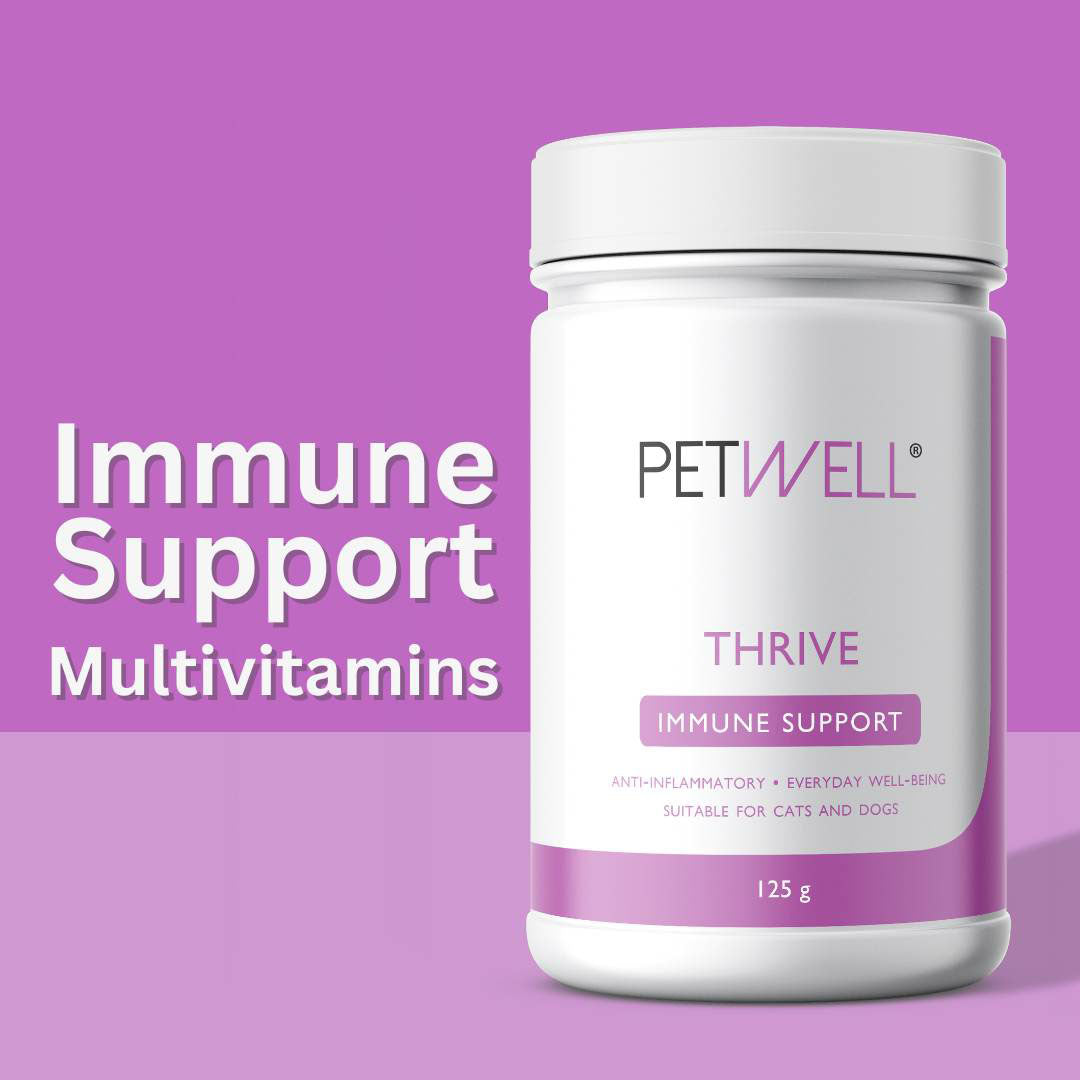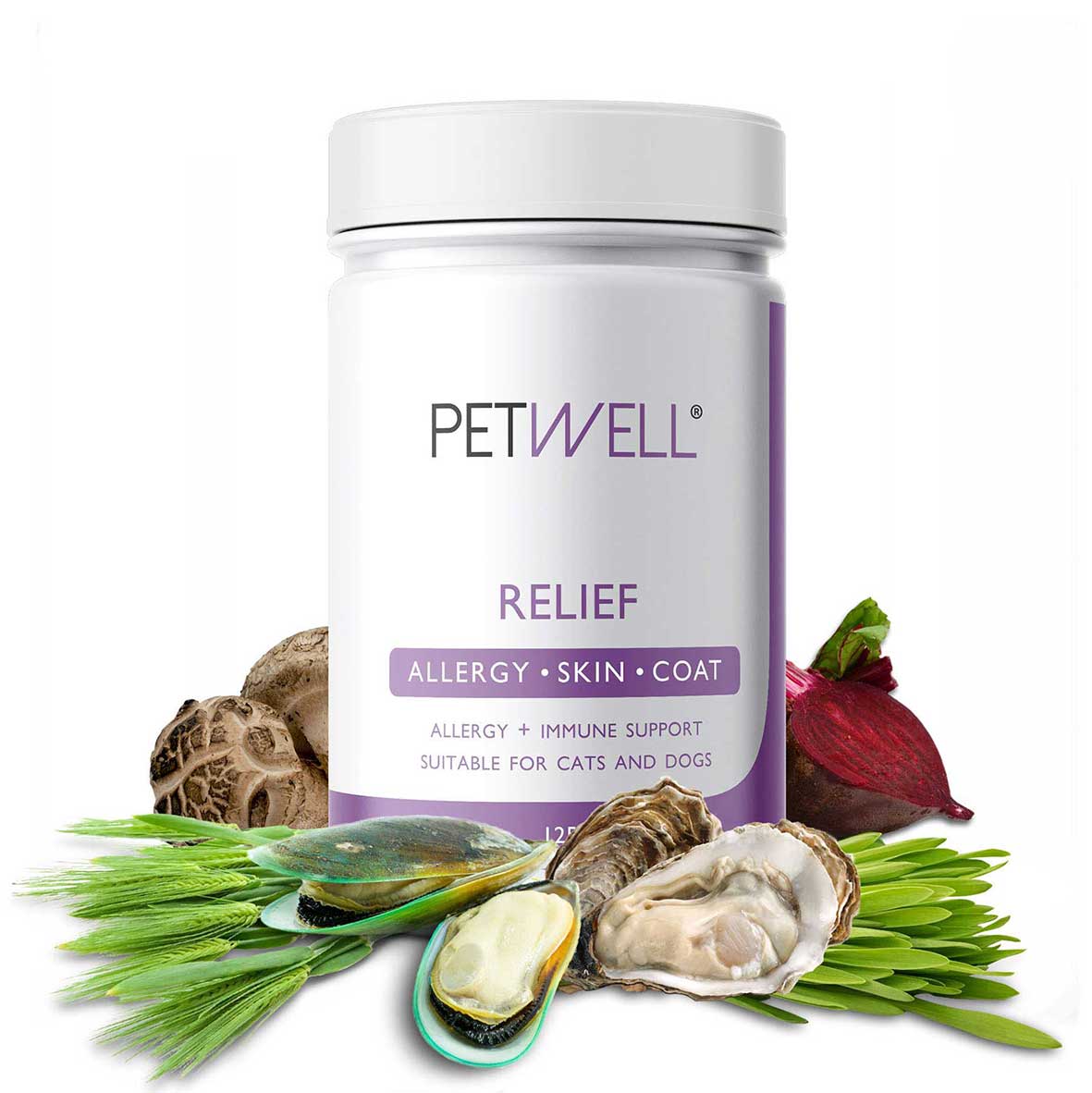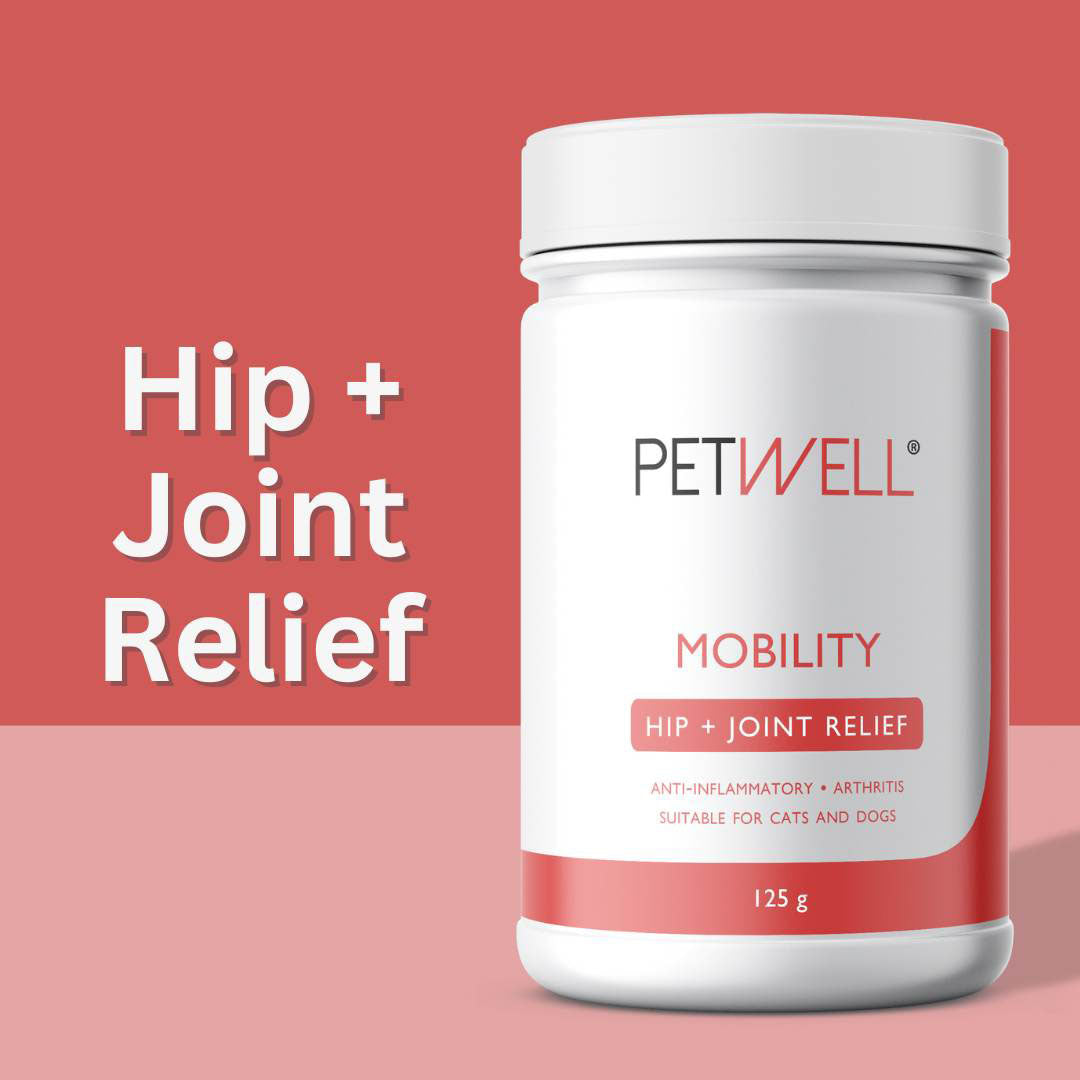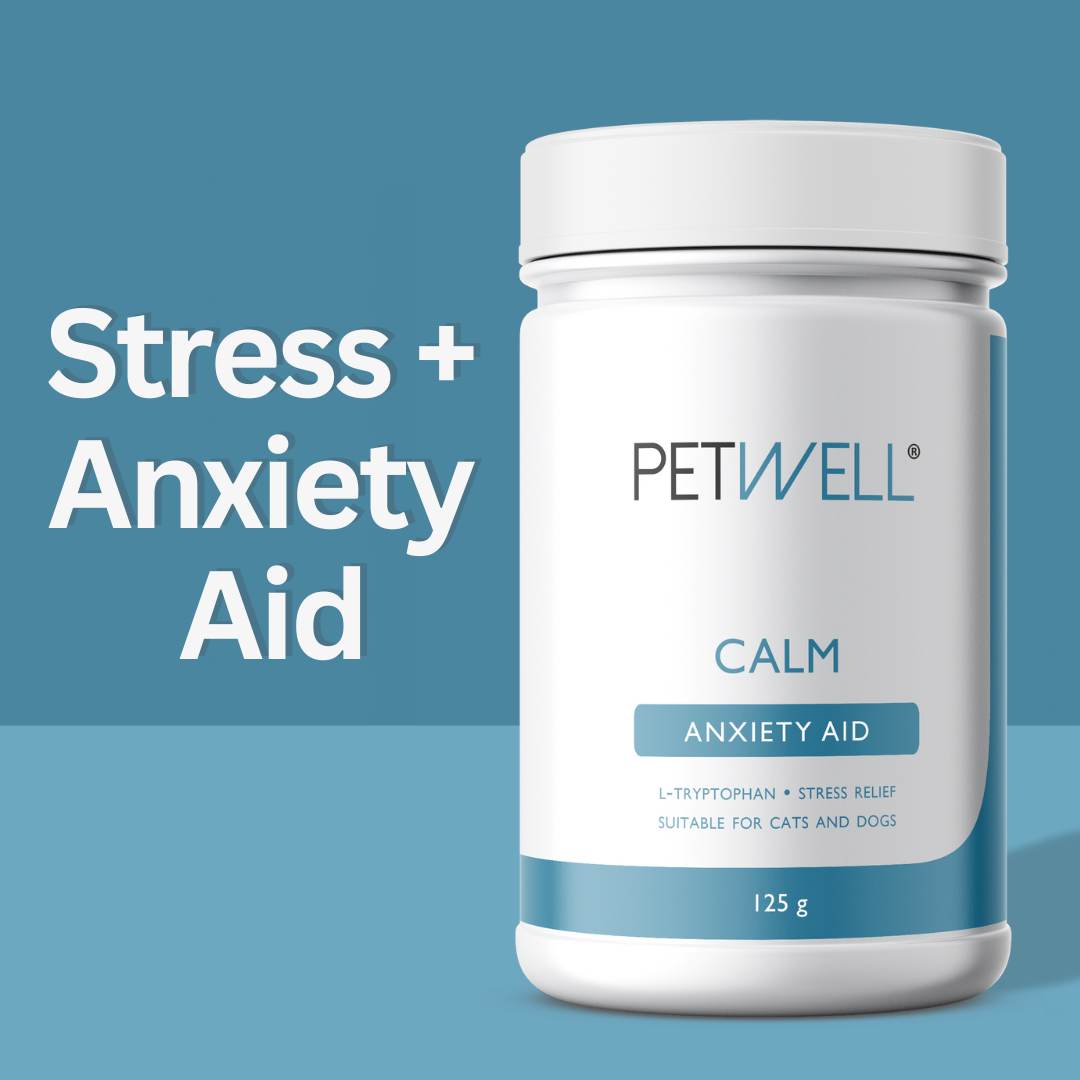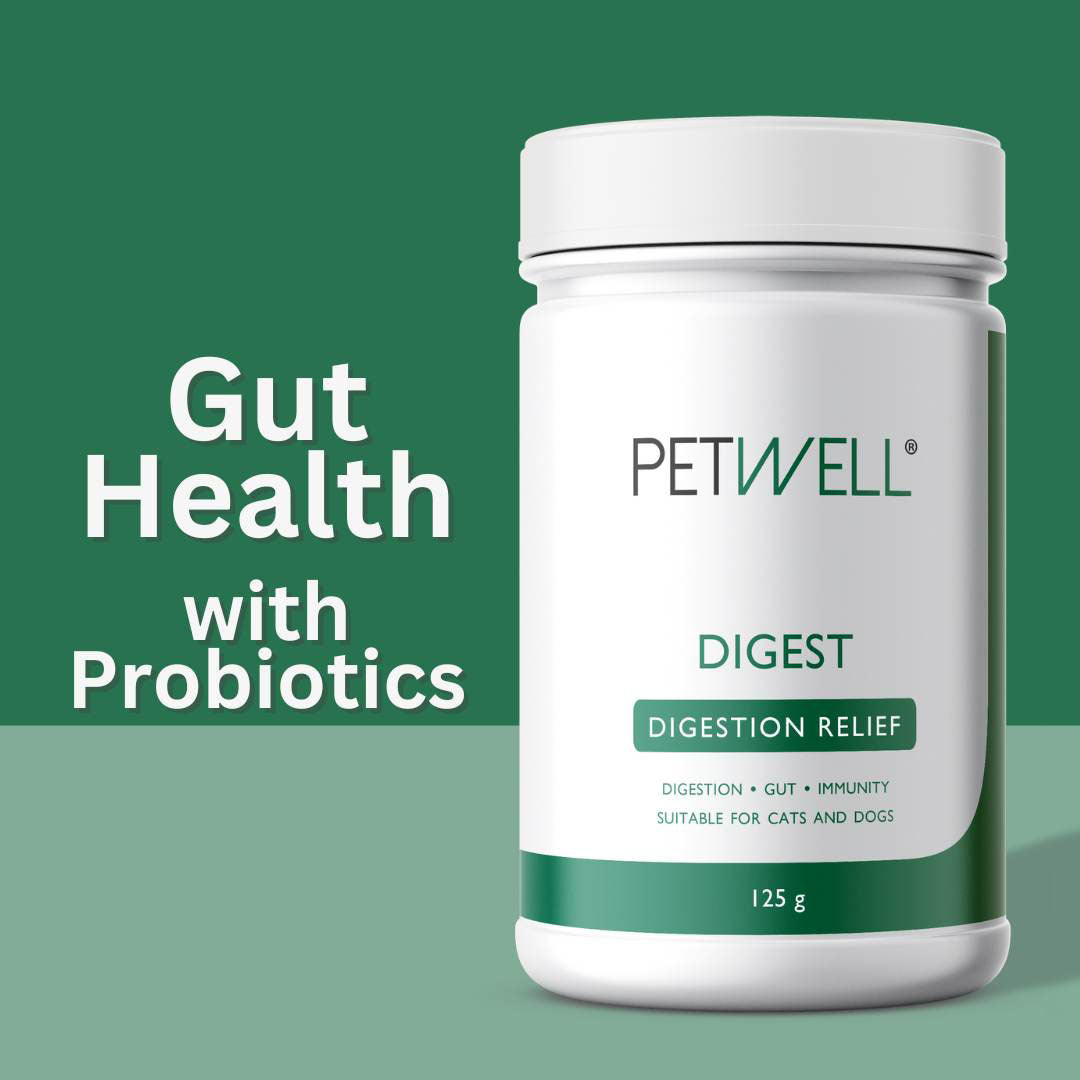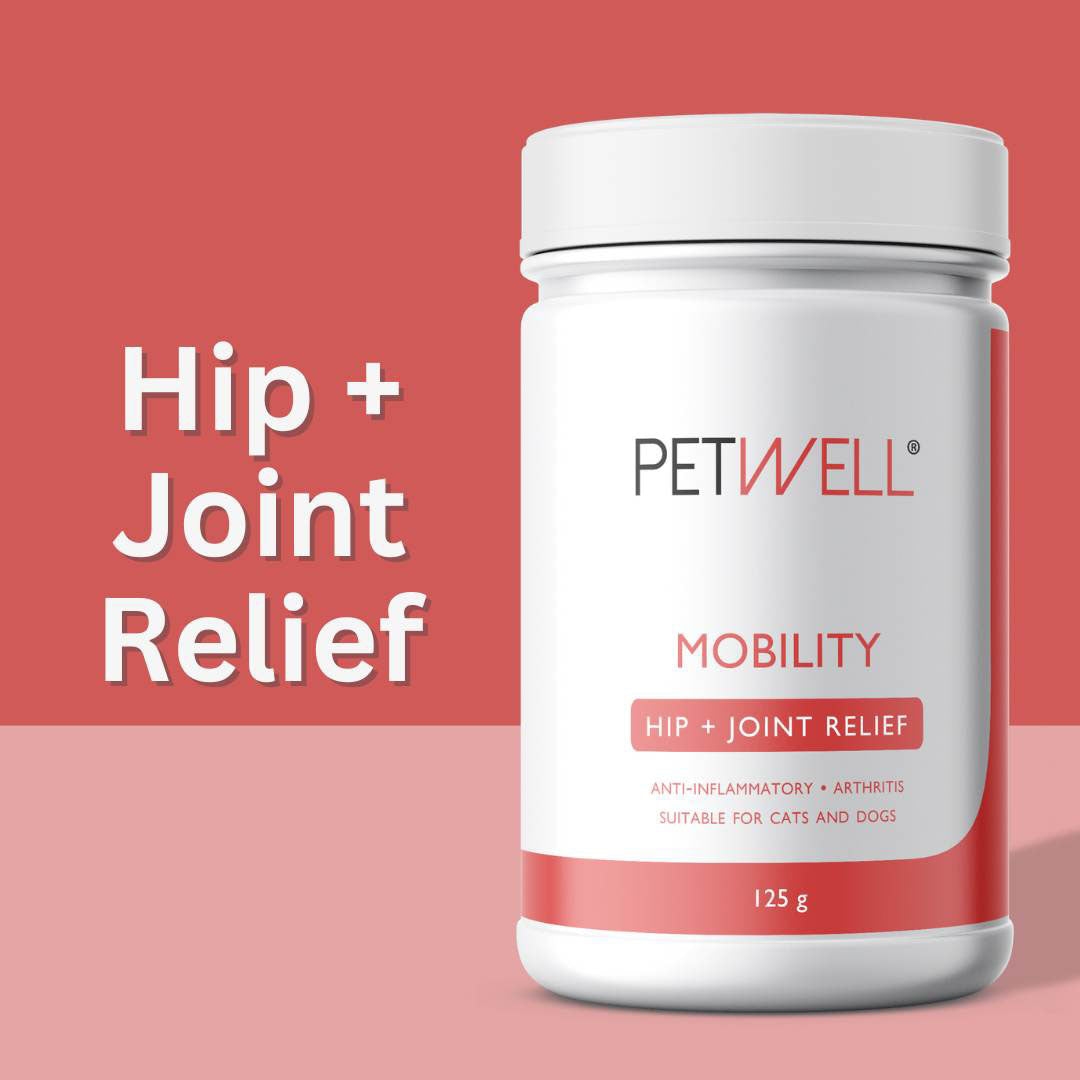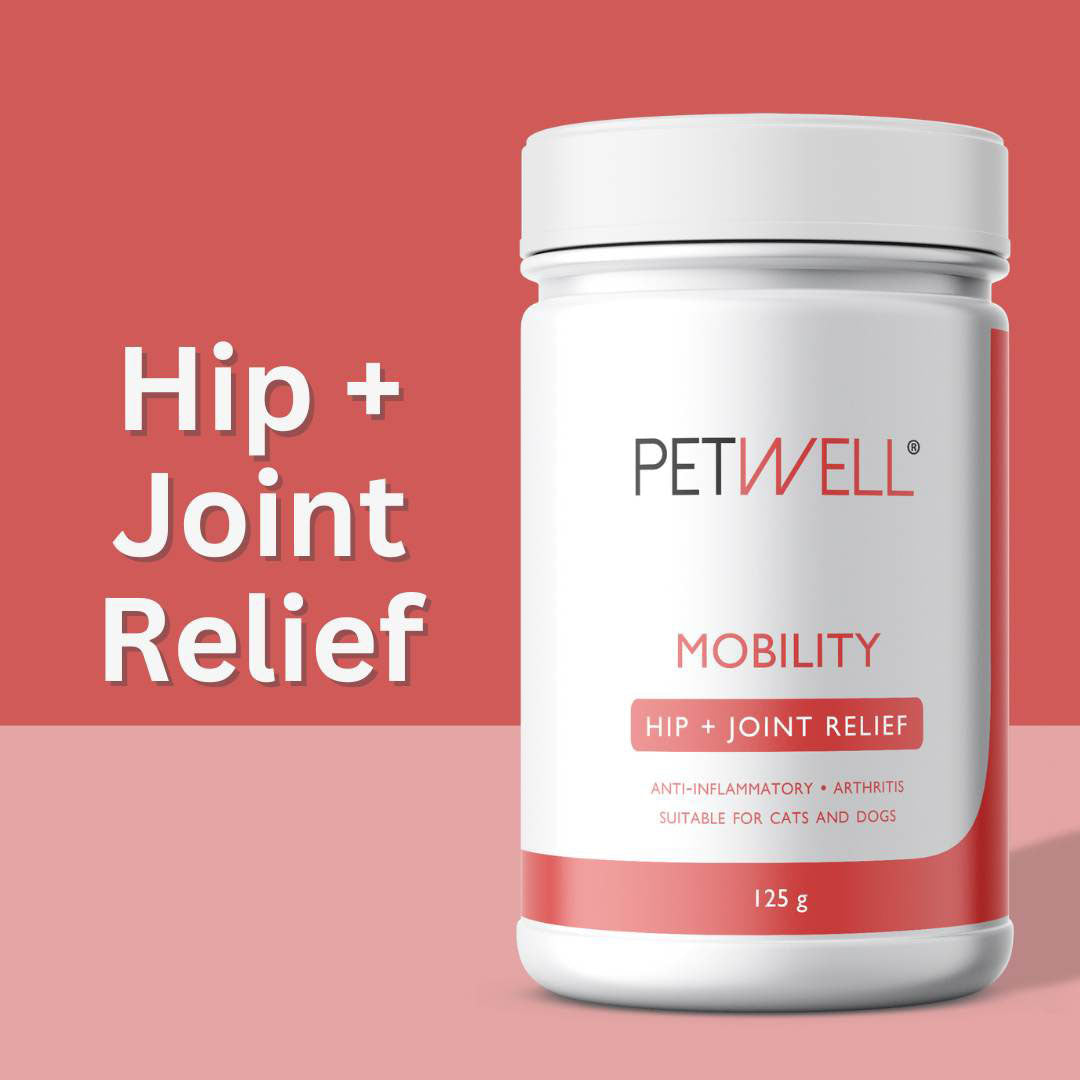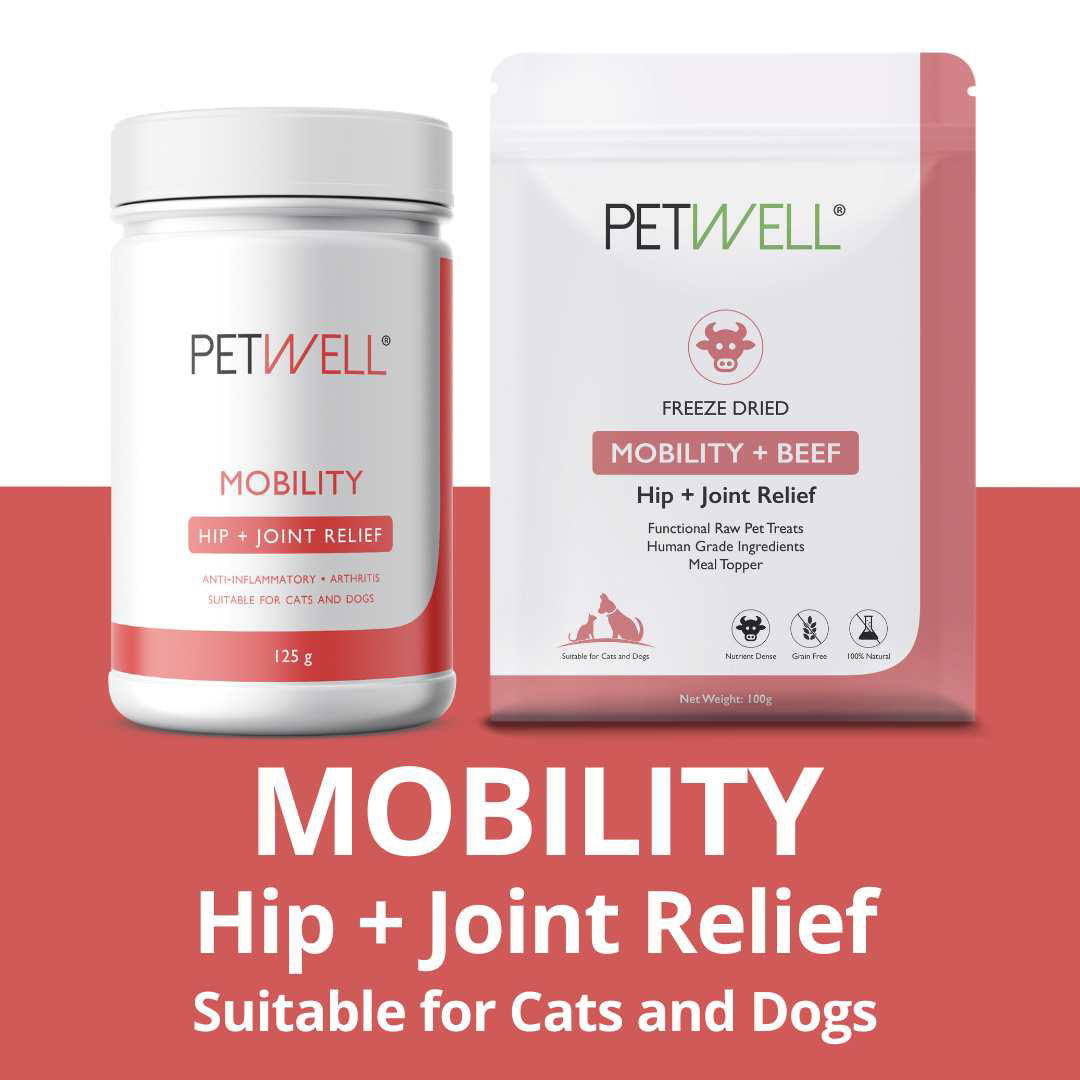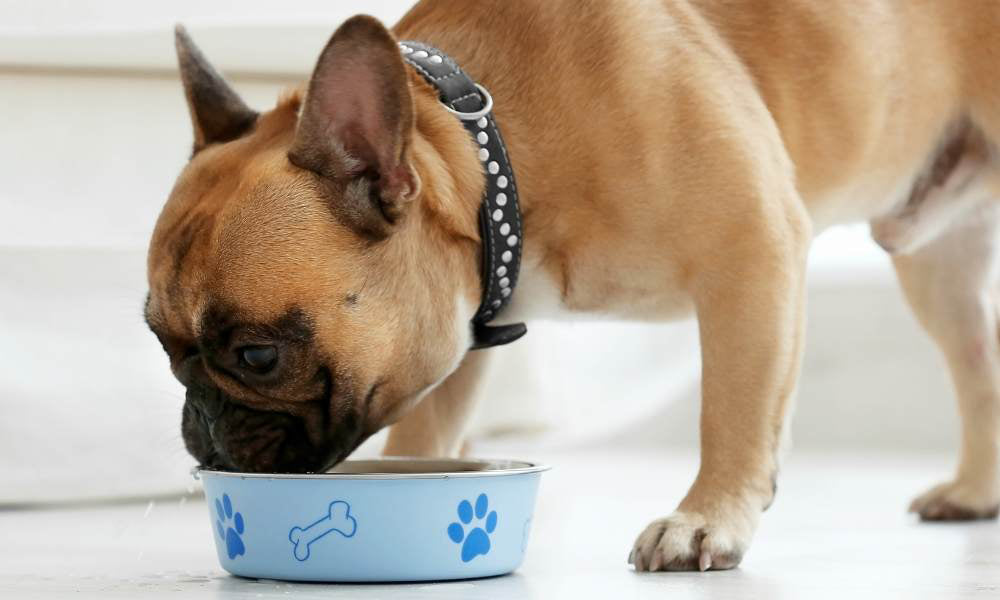Are candles and essential oils harmful to pets? As pet owners, we strive to create a comfortable and pleasant environment for our pets. However, did you know some common household items we use to freshen our homes can pose serious risks to our pets?
Candles, air fresheners, and essential oils, while effective in making our homes smell delightful, can be toxic to dogs and cats.
Dogs and cats have much more sensitive respiratory systems than humans, and some of the chemicals and natural compounds in these products can be harmful.
In this article, we will identify the risks and provide you safe DIY alternatives that can help you keep your pets safe while enjoying a pleasant-smelling home.

Toxic Elements in Candles, Air Fresheners, and Essential Oils
Toxic candles for pets
Paraffin Wax: Many scented candles are made from paraffin wax, a byproduct of petroleum. When burned, releases harmful chemicals like benzene and toluene when burned.
These chemicals can cause respiratory issues in pets and even lead to long-term damage in pets, especially in small pets.
Air Fresheners
Volatile Organic Compounds (VOCs): Air fresheners are toxic to pets, (including plug-ins and sprays) they often contain chemicals like phthalates and VOC's, which can cause eye, nose, and throat irritation, nausea, headaches, and even damage to the central nervous system, liver, and kidneys in pets.
Ethanol: Found in many plug-in air fresheners, ethanol is poisonous to dogs and can make them sick.
Essential Oils
Essential oils are known for their natural benefits, but, essential oils are dangerous for dogs and cats:
Toxic Oils: Essential oils like tea tree, peppermint, citrus, ylang-ylang, lavender, wintergreen, sweet birch, pine, eucalyptus, cinnamon, and clove are particularly harmful to cats and dogs.
These oils can cause serious organ damage, including liver failure, seizures, and even death. Cats are particularly susceptible because their bodies lack the enzymes to break down the compounds in essential oils, leading to a higher risk of toxicity.
Side Effects of Toxic Exposure

Pets exposed to these toxic elements may exhibit a range of symptoms from mild to severe:, including:
- Confusion and Disorientation: Pets may seem scared, excessively tired, or act dizzy and bump into things.
- Vomiting: A common sign that a pet’s body is trying to expel toxins.
- Respiratory Issues: Coughing, sneezing and excessive panting. Difficulty breathing or breathing with their mouth open.
- Skin Irritation: Direct contact with essential oils can cause skin irritations such as itching or rashes.
- Neurological Symptoms: Shaking, and seizures.
- Gastrointestinal Issues: Vomiting, diarrhoea, drooling, or lack of appetite.
If your pet shows any of these signs after exposure to candles, air fresheners, or essential oils, contact your veterinarian immediately.

Pet-Safe DIY Alternatives for Freshening Your Home
Fortunately, there are several pet-safe alternatives to keep your home smelling fresh without risk to your pets. Here are some DIY solutions:
Simmer Pot
Boil a pot of water and add natural ingredients like cinnamon sticks, orange peels, and cloves. Let it simmer on the stove to release a pleasant aroma throughout your home.
DIY natural air freshener for pet-friendly homes
Lemon Basil Room Spray
Boil ¾ cup of water and pour it into a liquid measuring cup. Add four tablespoons of dried basil and let it steep. Strain the mixture and add ¾ cup of distilled water, one tablespoon of vodka, and five drops of pet-safe lemon essential oil. Pour into a spray bottle and use as needed.
DIY Reed Diffuser
Add one teaspoon of your favourite pet-safe essential oil to a small glass container and fill the rest with baby oil. Place rattan diffuser sticks inside the container and gently stir the mixture. Set it on a countertop to fill the space with fragrance.
Baking Soda and Essential Oil-Free Carpet Deodoriser
Sprinkle baking soda on your carpets, let it sit for 10–15 minutes, and vacuum. Baking soda is a natural deodoriser and completely safe for pets.
DIY solutions that are free from toxic elements to keep your home smelling fresh without compromising your pets’ health. |
Indoor Plants for Natural Air Purification
Certain plants like spider plants and Boston ferns can act as natural air purifiers. These plants help improve air quality without releasing harmful chemicals, and they are non-toxic to pets.
Open Windows
The simplest solution is often the best. Opening windows to allow fresh air in can work wonders in clearing out stale or unwanted odours.
In summary
Creating a fresh-smelling home doesn’t have to come at the expense of your pet’s health. By being mindful of the products we use in our homes, we can create a safe and pleasant environment for both us and our pets.
The Science Behind It
Don’t just take our word for it, here are some evidence-based studies for you to review.
What are volatile organic compounds (VOCs)?
Human health risk evaluation of selected VOC, SVOC and particulate emissions from scented candles
Chemical composition and mass emission factors of candle smoke particles
Disclaimer: The entire contents of this email and website are not to be taken as medical advice. The team at Pet Squad Pty Ltd trading as PetWell encourages you to make your own pet healthcare decisions based on your research and in partnership with a qualified pet healthcare professional.
